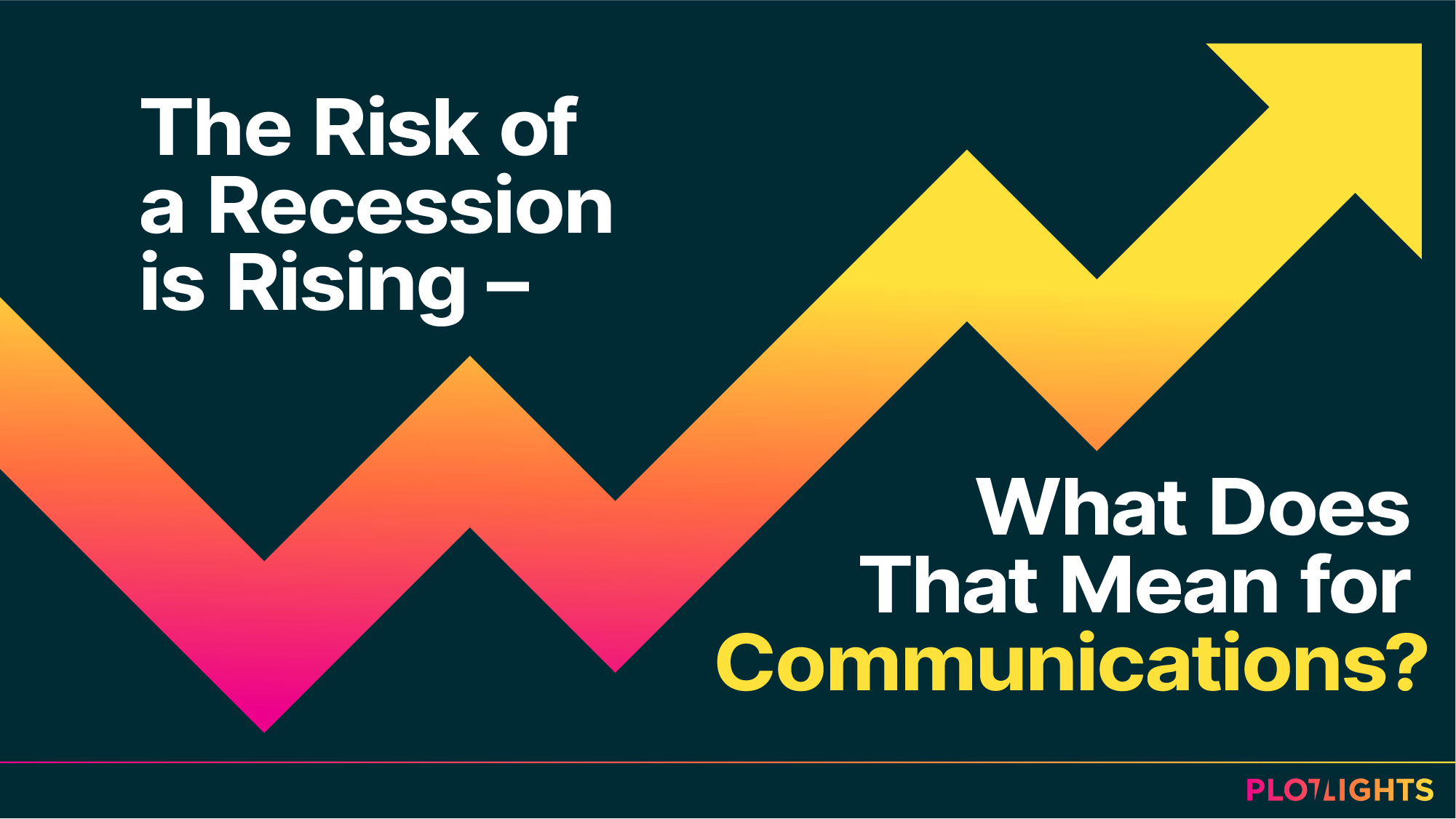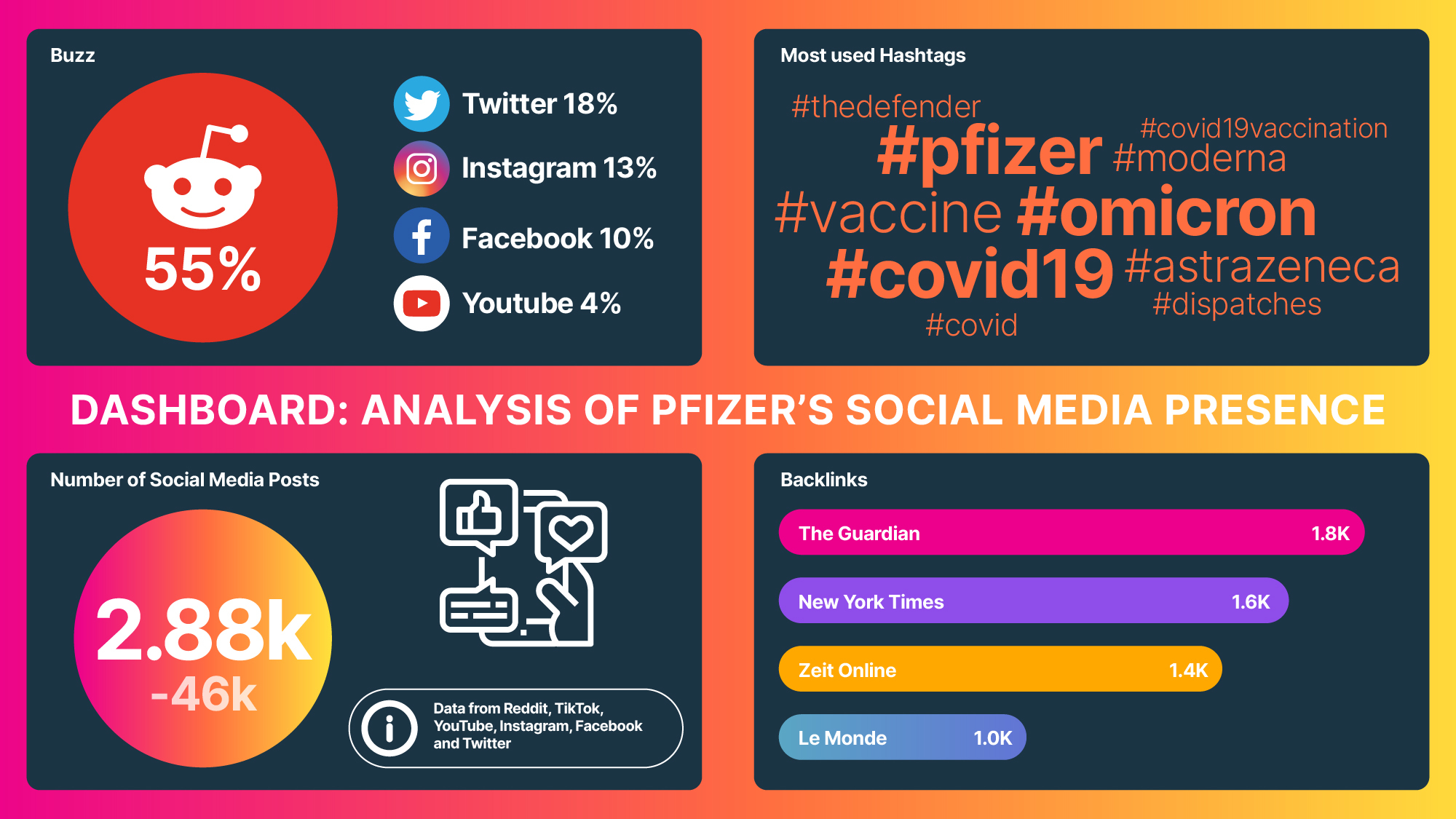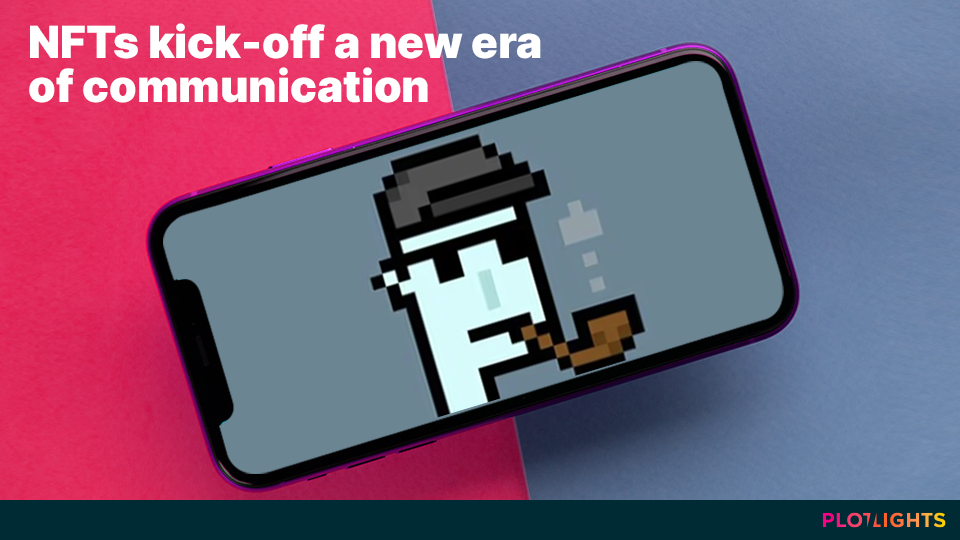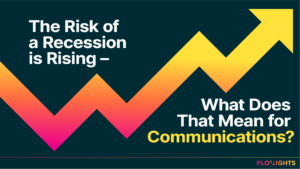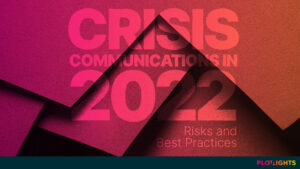Non-fungible tokens, or NFTs, are any type of digital assets such as artwork, videos, music, and more, that are unique, distinguishable, and non-interchangeable. Think about it this way: In contrast to NFTs, money is fungible as you can swap a $20 note for two $10 notes and it will have the same value. However, if something is non-fungible, the item’s unique properties make such a transaction impossible. As there is only one Girl with a Pearl Earring painting, there will only ever be one original NFT.
While they’ve been around since 2015, NFTs exploded in popularity and value throughout 2021 when the world’s most expensive NFT called “Everydays: the first 5000 days” by the artist Beeple sold for $69 million during an auction at Christie’s in New York. Data from DappRadar, a global app store for decentralized applications, shows that total NFT sales this year add up to a whopping $13.2 billion by the end of September 2021.
Today, the NFT ecosystem is largely dominated by art sales. But their potential to change the way people share and consume digital content may be paving the way for a new era of digital storytelling and marketing for brands and organizations as the fast-growing list of examples within such diverse areas like news, product design, and gaming demonstrates.
What Are NFTs?
NFTs are defined as units of data stored on a digital ledger, called a blockchain, which can be sold and traded, much like cryptocurrencies such as Bitcoin and Ethereum. However, while cryptocurrencies are fungible and can be traded, NFTs are unique, non-interchangeable tokens that can’t be replicated or traded with another NFT. Also, NFTs are supposed to exist forever, since they run on decentralized blockchain technology and can’t be modified or deleted once an image, a video, or an article is sent into the blockchain network.
Anything digital can be an NFT. Consider that Twitter’s CEO Jack Dorsey auctioned his first tweet as an NFT – even though for about 15 years or so the tweet was publicly available, free to look at whenever anybody wanted to. It eventually sold for $2.9 million.
Think NFTs are a fad? Well, NFTs have been around for quite some time now but had their most significant growth in 2021. And even though recent market data shows a decrease in NFT sales, the market seems to be stabilizing, according to Gauthier Zuppinger, COO of NFT research organization Nonfungible. So, NFTs might just be here to stay.
NFTs Drive Brands’ Commercial Success and Power to Innovate
How are NFTs impacting brands and communication? Simply put, NFTs change the way we produce, distribute and share content online and, thus, provide new exposure and experience opportunities for communicators as well as new, probably more intimate ways to connect with target audiences.
That’s why a growing number of PR firms, such as 5W Public Relations, create specialty practices to offer clients communication strategies tailored for the developing NFT arena. For brands, in particular, NFTs used as incentives are a great new tool to raise awareness, attract potential customers, or build up buzz, for example, around a product launch. Charities and NGOs can build completely new revenue streams selling digital goods via NFTs. Within gaming, NFTs can be integrated into the games’ reward mechanisms. Typically, today, many games work with a freemium model to attract new players and to set up in-game sales. Here, NFTs provide game developers with an opportunity to completely rethink the in-game economics.
There are many applications of NFTs in communication including custom brand collaborations, digital-to-IRL experiences, or ‘owning moments’. Here are some recent examples of various organizations in news, sports, and fashion successfully experimenting with NFTs:
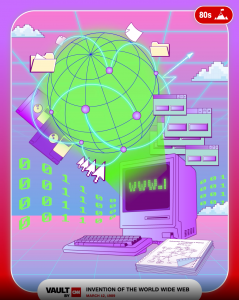 NFTs in News: In June 2021, CNN launched the so-called “Vault by CNN” to make historic moments of its news coverage available as NFTs. The first NFT on offer was a video clip of the company’s founder Ted Turner in which he announced the launch of the network.
NFTs in News: In June 2021, CNN launched the so-called “Vault by CNN” to make historic moments of its news coverage available as NFTs. The first NFT on offer was a video clip of the company’s founder Ted Turner in which he announced the launch of the network.
Another example from a news organization comes from the Hong Kong-based South China Morning Post (SCMP). This English-language newspaper has recently started turning various components of their coverage, such as videos, articles, and photos, from their news archive into NFTs to preserve the years of history the newspaper witnessed.
Gary Liu, SCMP’s CEO says that “blockchain offers immense potential to immutably preserve journalism that witnesses and explains history”.
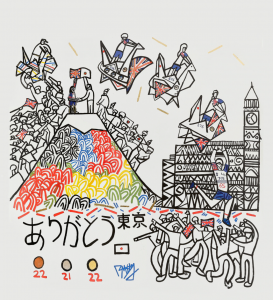
NFTs in Sports: In 2021, the British Olympic team has become the first Olympic team with its NFT collection created specifically for the Tokyo 2020 Olympic Games.
Tim Ellerton, Team GB’s commercial director, said: “Particularly following the announcement that there will be no fans or spectators present at the Games, we are delighted that we can provide moments digitally that will be available for fans and collectors.” This idea was to leverage the popularity of NFTs and create buzz around the games and provided fans an alternative way to connect and support athletes from home – and, of course, own a piece of this historic moment.
You can check out the official shop here.

NFTs in Fashion: To join the bigger trend of fashion going digital, Italian luxury fashion house Dolce & Gabbana recently auctioned off a 9-piece collection of NFTs and physical couture items and sold everything for $6 million. But the fashion brand is not the only one entering the NFT arena as many brands, such as Gucci, Burberry, Louis Vuitton, or NFT-based fashion brand Overpriced, started to include this new technology into their communication strategies.
As Benoit Pagotto, founder of RTFKT, a developer of custom NFT sneakers designed for video game enthusiasts, puts it: “NFTs are all about collectibles, and so is the fashion world”. Using NFTs to define new experiences and products that resonate with the brands’ target audiences will unlock new ways to connect with them. NFTs also open new ways for brands to tell their story, demonstrate brand values, and eventually generate new revenue streams.
NFTs Bring Security Risks & Are Highly Carbon Positive
While NFTs offer brands and organizations great opportunities, particularly when it comes to brand storytelling, there are also some risks and challenges that communicators need to address when working with NFTs:
- Environmental damage – NFTs typically come with a highly negative carbon footprint. That’s why organizations need to consider what kind of blockchain platform they build their NFTs on – to preserve energy and also to avoid a possible ‘zero net backlash‘. A large proportion of NFTs is created on Ethereum which consumes extreme levels of energy. So much so, that the entire Ethereum network consumes more electricity than Colombia, Bangladesh, Austria, and other countries
- NFTs attract criminals – As the value of NFTs has increased throughout 2021, a growing number of NFT fraud cases have been reported. Cybercriminals and scammers replicate NFT tokens and impersonate artists and brands to sell fake art on their behalf. Communicators should monitor their brands’ online presence, including the DarkWeb, to preempt any suspicious activities. Communicators should also include embedded watermarks and other verification techniques within their tokens. Additionally, any organizations working with NFTs should issue detailed information about the number of NFTs that have been officially minted and sold
- Cyberattacks also threaten NFTs – NFTs are sold via smart contracts – transaction protocols intended to automatically execute, control and document anything legally relevant such as sales transactions – which assign ownership and manage the transfer of NFTs from one owner to the next. But smart contracts also come with vulnerabilities: smart contract platform Poly Network was recently hit by a severe cyberattack where NFTs valued at almost $600 million were stolen.
- Lack of legal regulation – Organizations need to act somewhat cautiously when starting to integrate NFTs into their communication mix. NFTs are so new that their creation, distribution, ownership, and trading are not yet regulated creating a certain degree of uncertainty, mainly within the areas of intellectual property rights, anti-money laundering, and laws governing virtual currencies.
Key Takeaway: Always Test Communication Value of New Technologies
Remember that today’s consumers are increasingly purpose-driven and NFTs are mostly bought by Millennials and individuals with higher discretionary incomes. For brands wanting to connect with these sought-after segments, NFTs might be a promising way in. Here is a tip: A survey found that most NFT buyers are interested in songs, digital artwork, and videos – these might give you a good starting point.
In 2021, NFTs are just getting started and so are all the technology’s potential applications. Now that NFTs are auctioned off at charity events, to sell art, to promote brands, to give access to exclusive NFT restaurants, and with commercial and institutional interest growing rapidly, expect exponential growth of projects and highly diverse ideas around NFT use cases coming our way.
The bottom line is that NFT technology offers some unprecedented communication opportunities for brands and organizations to experiment with and capitalize on.

